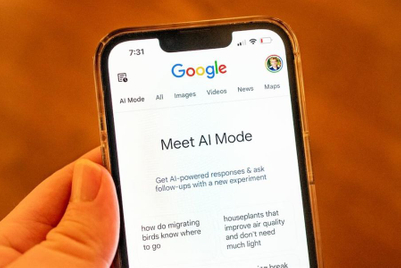
In the 2010 edition of ZenithOptimedia’s Touchpoints study, the prevailing topic was the emerging middle class, their hopes and aspirations, and their own expectations of what increased wealth brings. Much of the learning for media agencies at that time centred around product consumption fit to show off a lifestyle of success.
Now, in 2015, consumers are less content with the mere "badge value" of brands, are more appreciative of the finer qualities of consumption, and are becoming savvier about what products personify them.
The industry often speaks of the increased fragmentation of touchpoints and China is a striking illustration of this trend. Five years ago, the top nine touchpoints (paid, owned and earned combined) represented about half of a consumer's brand experience. Today, brands need 14 touchpoints to deliver the same experience (see graphic on right).
The use of a greater variety of touchpoints is in great part led by a more digital lifestyle.

It is now unsurprising to see the share of influence of digital touchpoints becoming more complementary to the entire brand experience. This also has a collateral effect: as more touchpoints are required to reach the same level of influence, the domination of certain traditional touchpoints is coming to an end.
"When we look at the five-year trending analysis, we see that there is a convergence of media influences towards the middle," said Chris Maier, head of research and analytics at ZenithOptimedia China.
"TV used to be a massive influence, and digital was still playing in its early stages. Now the 'influence scores' are similar. Quite frankly, the influence of TV vs OTV vs print magazine vs outdoor is going to be quite similar".
Less variance calls for even greater integration of marketing campaigns and measurement efforts, Maier told Campaign Asia-Pacific.
'If we have so much convergence towards the middle, the practical application for brands is to consider using every touchpoint just 'lightly' because of budget constraints, or select some more important touchpoints and use those as the 'spine' of marketing communications. It won't be 'regressive' to not cover all 14 touchpoints," he elaborated.

However, this greater emphasis on integration will make specialisms more difficult to justify and will require the development of talent's capabilities that understand all parts of the marketing equation, according to ZenithOptimedia.
That said, TV is still the most influential paid medium in China, both in terms of purchase influence and brand recall. This statement was made in 2010 and still holds true today. But over the last five years, TV's days as the absolute ruler are now numbered. But the bigger story in 2015 is how OTV’s growth has not been able to compensate for the overall decline of TV’s share of experience (yet).






.jpg&h=334&w=500&q=100&v=20250320&c=1)
.jpg&h=334&w=500&q=100&v=20250320&c=1)
.jpg&h=334&w=500&q=100&v=20250320&c=1)
.jpg&h=334&w=500&q=100&v=20250320&c=1)
.jpg&h=334&w=500&q=100&v=20250320&c=1)







.png&h=268&w=401&q=100&v=20250320&c=1)
.jpg&h=268&w=401&q=100&v=20250320&c=1)
.jpg&h=268&w=401&q=100&v=20250320&c=1)
